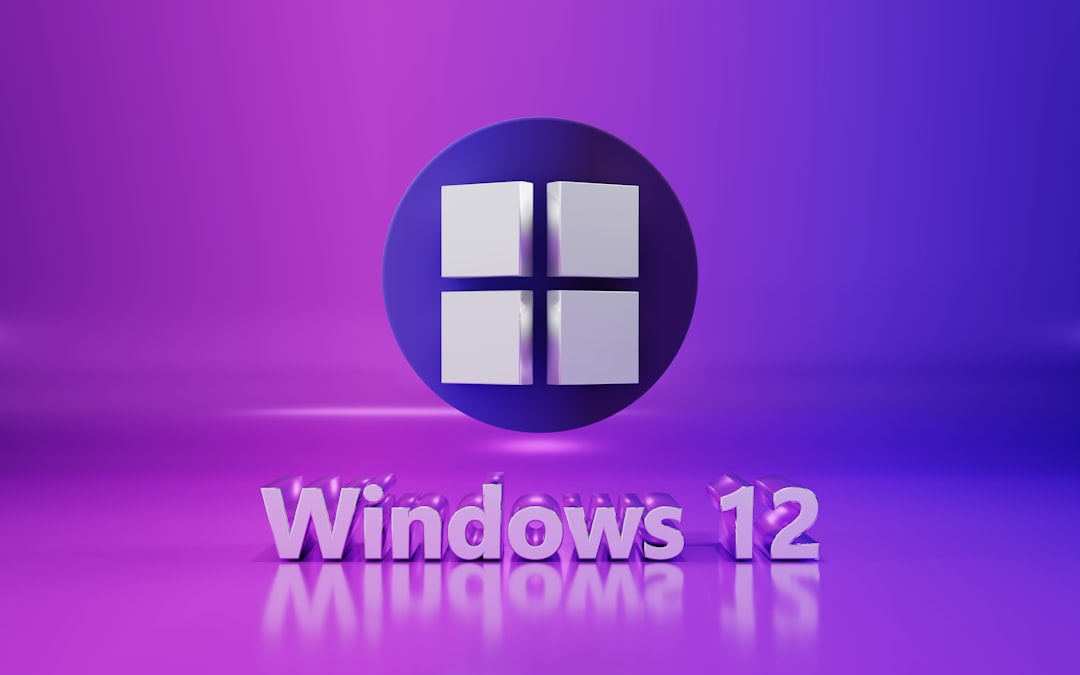Managing and auditing system shutdowns is a critical task for IT administrators in enterprise environments. One often overlooked yet powerful feature in Windows operating systems is the Shutdown Event Tracker. This tool is designed to help organizations record the reason for shutdown or restart operations. By configuring the Shutdown Event Tracker through Group Policy or script, administrators can ensure that important shutdowns are tracked and that accountability measures are in place.
To maintain operational security and reliability, configuring the Shutdown Event Tracker through centralized methods is both efficient and effective. This article explores how to enable, configure, and manage the Shutdown Event Tracker via Group Policy Objects (GPO) or through registry modifications using scripts.
What is Shutdown Event Tracker?
Shutdown Event Tracker is a user interface that appears when a user initiates a shutdown or restart on a Windows Server operating system. Users must specify a reason for the shutdown, which is then logged in the event log. This logged data can be used for diagnostics, compliance auditing, or performance tracking.

Configuring Shutdown Event Tracker via Group Policy
Group Policy is the most robust and scalable way to deploy Shutdown Event Tracker settings across multiple systems in a domain. To configure Shutdown Event Tracker through GPO:
- Open the Group Policy Management Console (GPMC) on a domain controller.
- Create a new GPO or select an existing one linked to the target organizational unit (OU).
- Navigate to:
Computer Configuration → Administrative Templates → System - Locate the setting: Display Shutdown Event Tracker.
- Set the policy to Enabled, and choose the appropriate options:
- Always – Enforces tracking on all system shutdowns.
- Server only – Enables tracking on server SKUs only.
- Workstation only – Applies to workstation systems.
- Close the editor and run
gpupdate /forceon target systems or wait for policy refresh.
This configuration ensures that Shutdown Event Tracker is enforced uniformly across your infrastructure, and users will be prompted with reason codes during each restart or shutdown.
Registry-Based Configuration via Script
For environments without Active Directory or requiring a lightweight solution, registry modifications via script can be used to enforce the same behavior. The relevant registry value is located under:
HKEY_LOCAL_MACHINE\SOFTWARE\Microsoft\Windows\CurrentVersion\ReliabilityTo enable the tracker manually or through script, add or modify the following registry value:
Value Name: ShutdownReasonOn
Type: REG_DWORD
Data: 1 (Enable), 0 (Disable)A sample PowerShell script to enable Shutdown Event Tracker looks like this:
Set-ItemProperty -Path "HKLM:\SOFTWARE\Microsoft\Windows\CurrentVersion\Reliability" -Name "ShutdownReasonOn" -Value 1Create a batch script or include this in a deployment routine to apply this registry setting during imaging or maintenance tasks.

Why Enable Shutdown Event Tracker?
Here are several compelling reasons to enable Shutdown Event Tracker in your environment:
- Audit Trail: Provides a trail of shutdowns and restarts, aiding in root-cause analysis of system outages.
- Accountability: Encourages responsible administrative behavior by requiring declarations for restarts.
- Compliance: Helps meet industry and internal audit standards by logging administrative actions.
- Proactive Troubleshooting: Makes it easier to correlate restarts with system instability or other events.
It’s important to note that this feature is available in both workstations and servers, but is most commonly implemented on Windows Server editions due to their role in mission-critical tasks.
Conclusion
Whether you are managing a small network or a global infrastructure, implementing Shutdown Event Tracker via GPO or script offers enhanced visibility into system events. By configuring this setting through Group Policy for centralized management or registry editing for targeted application, you can significantly improve your organization’s operational accountability and security posture.
Staying proactive with shutdown management can save valuable troubleshooting time and ensure infrastructure reliability. It’s a simple yet powerful step every administrator should consider.